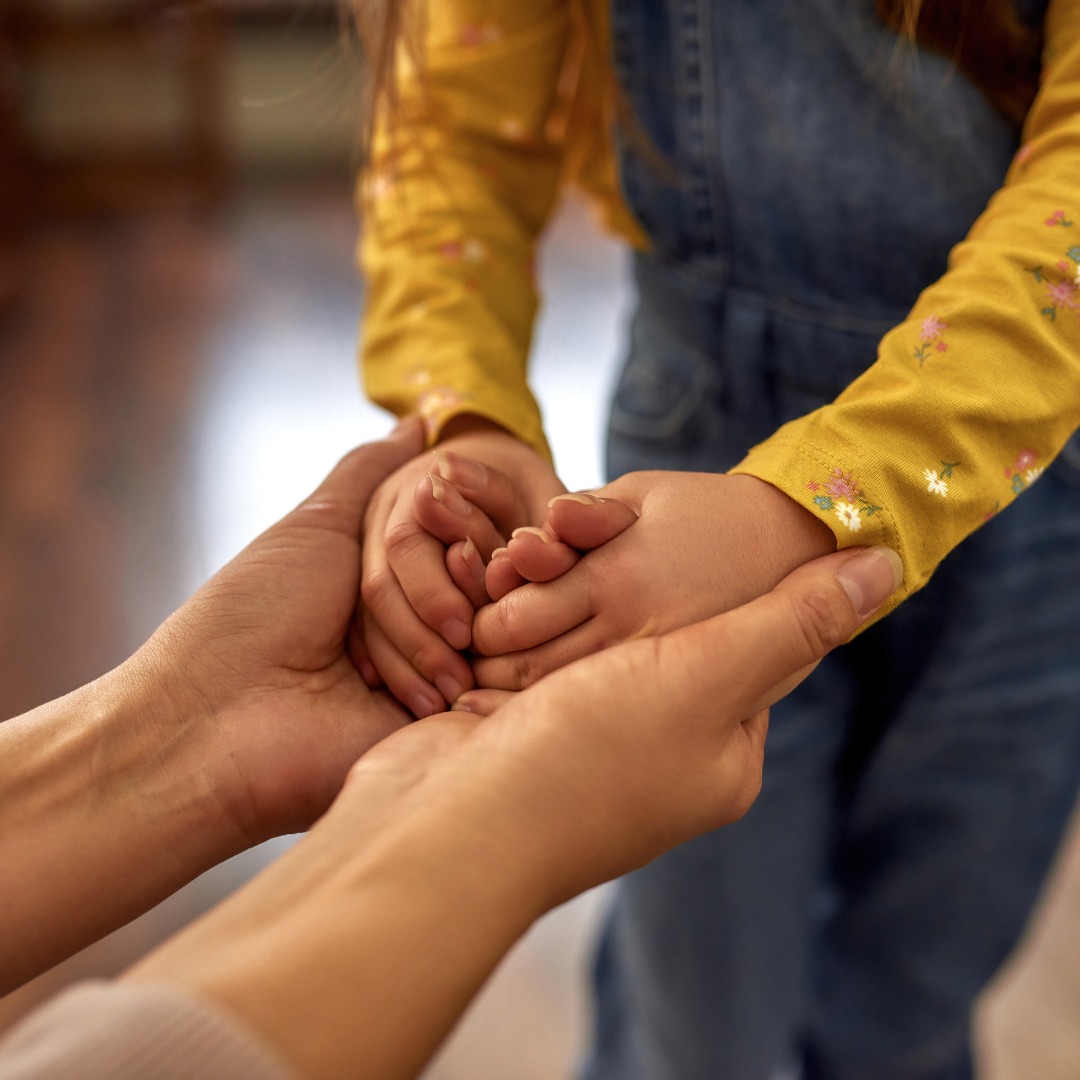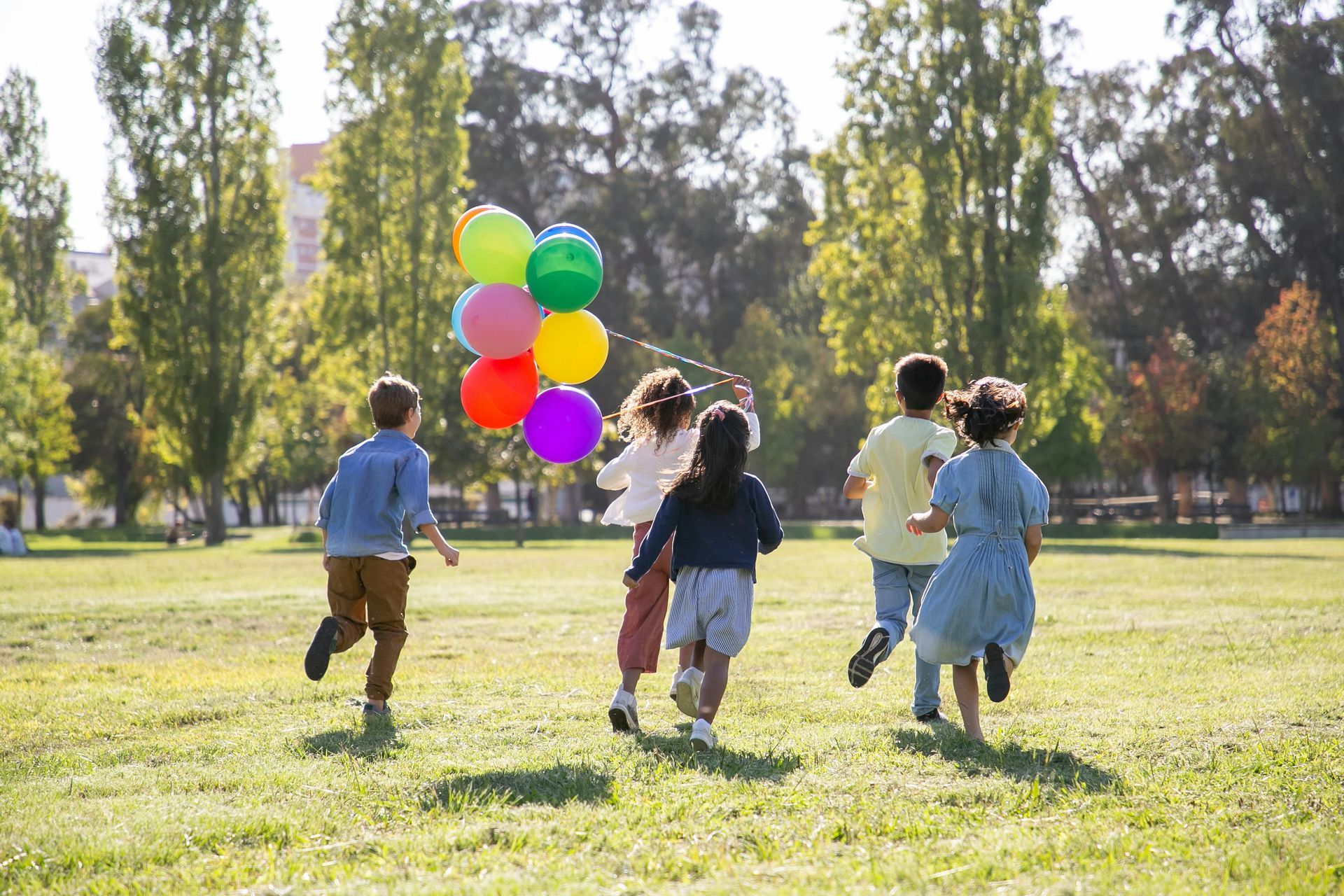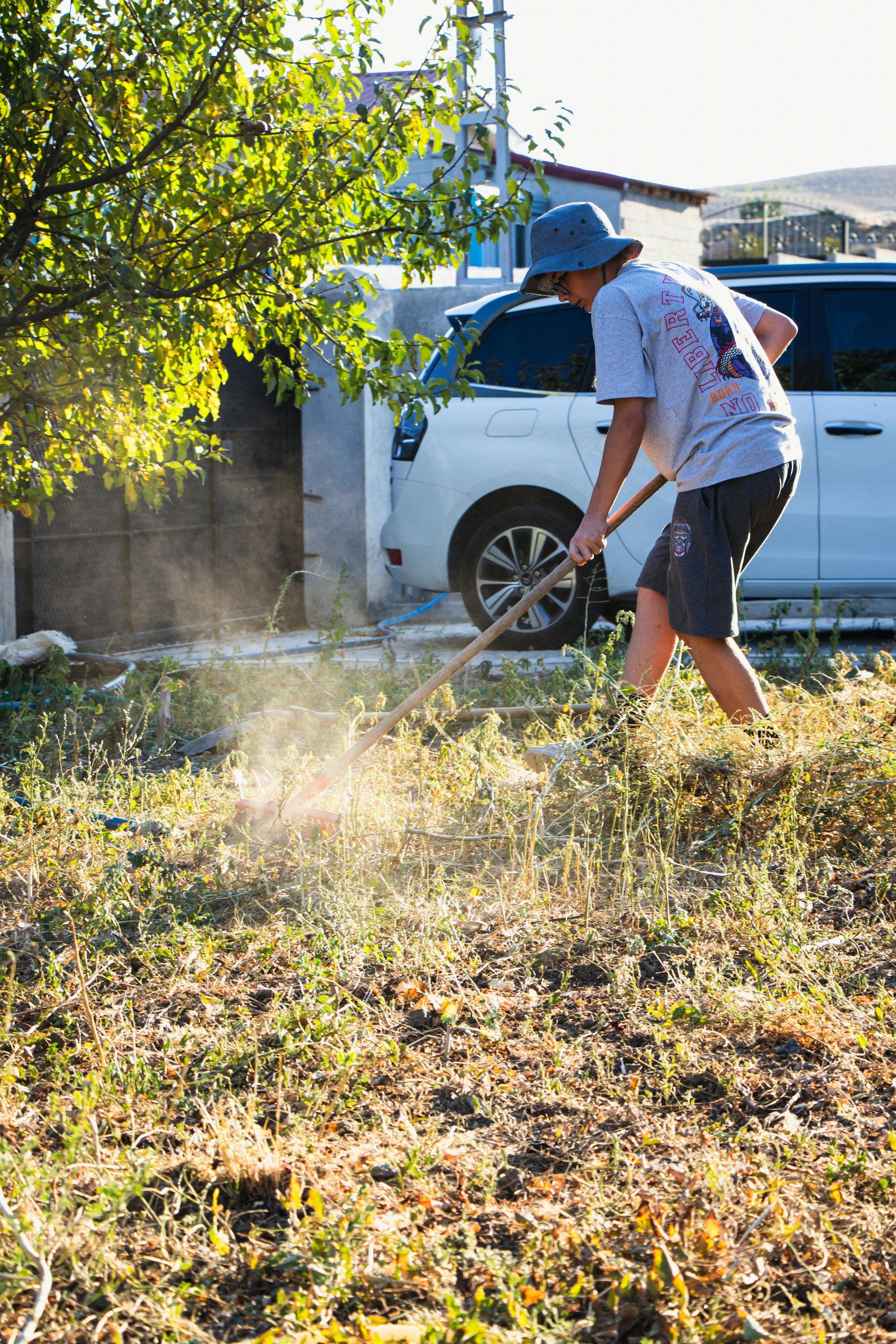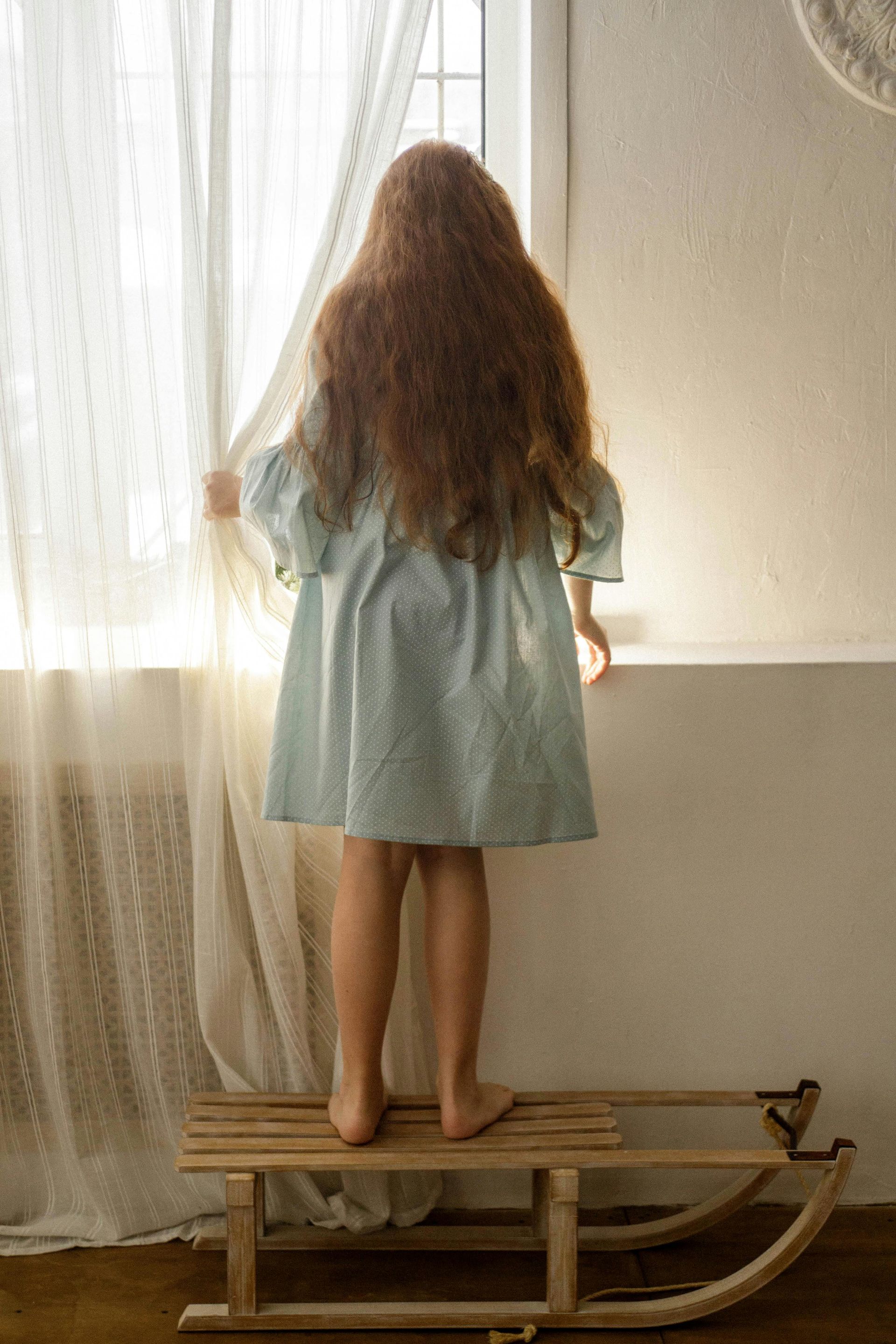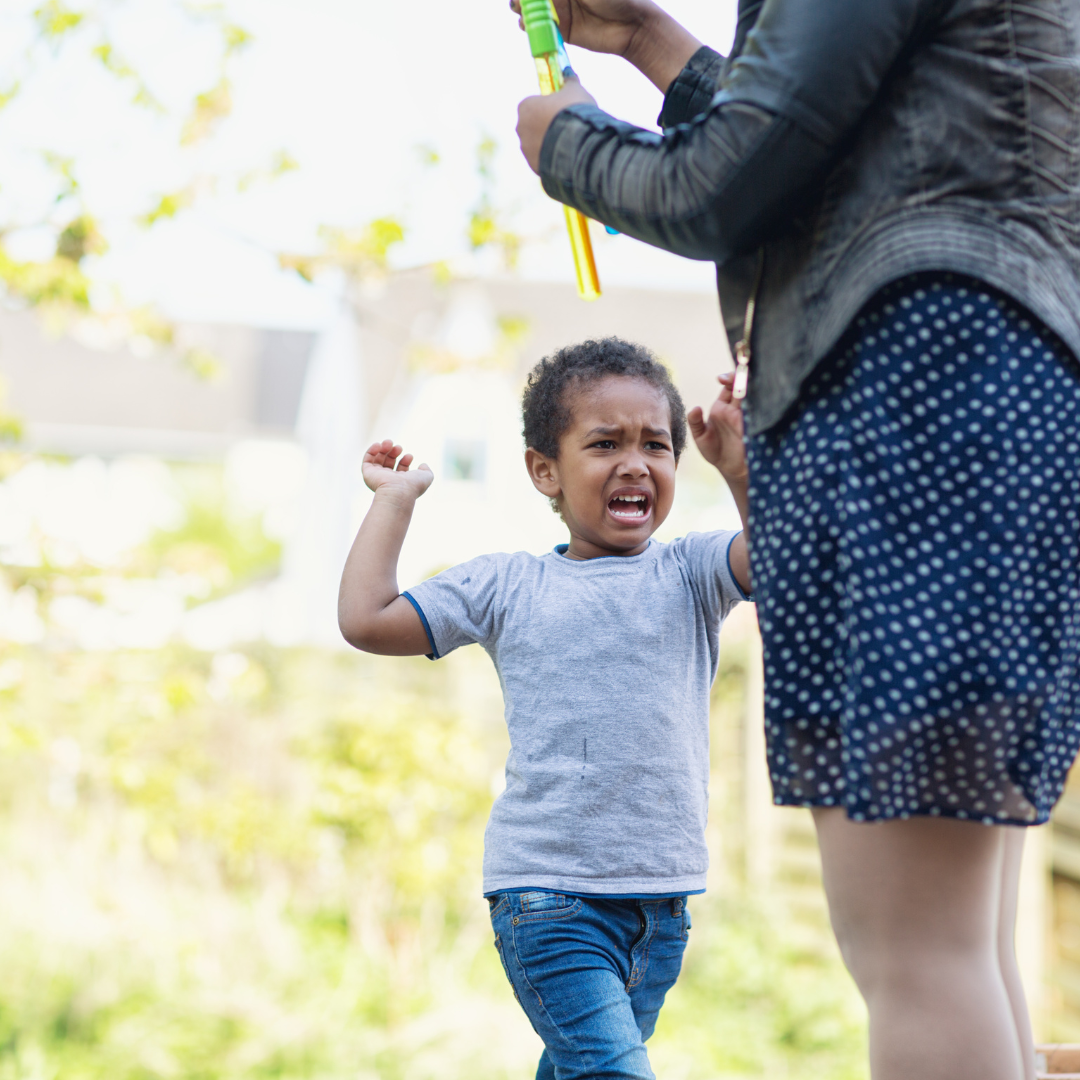“Who is going to take Ava to her soccer games this week?” my husband asked, concerned.
“I don’t know. I will think of someone to call,” I responded, although I cringed at the thought.
Did I have anyone to call? When was the last time I had spoken to one of the moms who had kids in Ava’s class? I wracked my brain and remembered one playdate over the summer she had had. I called that parent, but she was unable to help. She was sweet and gave me a list of other moms that were carpooling. She didn’t understand; carpooling was part of the island life, and we had moved away from the island years ago.
School used to be such a place of isolation for us. I dreaded going into the public school more than anything, and yet I will bet that I was called in more than any other parent there. I can remember one time being called into a meeting with Jony’s second grade teacher. She was a safe place for me and for him. She had kind, warm eyes and a generous smile, and although she couldn’t reign in my son’s behaviors, she always landed in a place of compassion for him.
I put on my cloak of defense that morning – the cloak that demanded the IEP be followed and his needs be considered, the cloak that protected me from my own tears and vulnerability. She greeted me with a warm hug, and I felt the cloak slipping off my shoulders. I don’t remember what the meeting was about – there were so many meetings! About 10 minutes into the meeting, the P.E. teacher barged into the room. He said, “I am sorry to interrupt your meeting, but I heard you were here, and I need to talk to you about Jony.” He didn’t look sorry; he looked angry. His speech was pressured and irritated. I don’t remember what he said, but I remember how I felt….smaller and smaller, wishing the ground could swallow me up. Before he was done, the school counselor came in to pile on the complaints, full of criticism, judgment, and annoyance. I remember standing up, willing myself to advocate, but I couldn’t find any words, so instead I babbled, “I need to go – maybe you can just email me.” I rushed out the door, hoping I could get to my car before bursting into tears, and the music teacher rushed out of her room as I hurried by. “Do you have a minute? I really need to talk to you about Jony,” she said. “No, I don’t,” I replied as I hurried past her surprised gasp. I made it to the car before bursting into tears.



